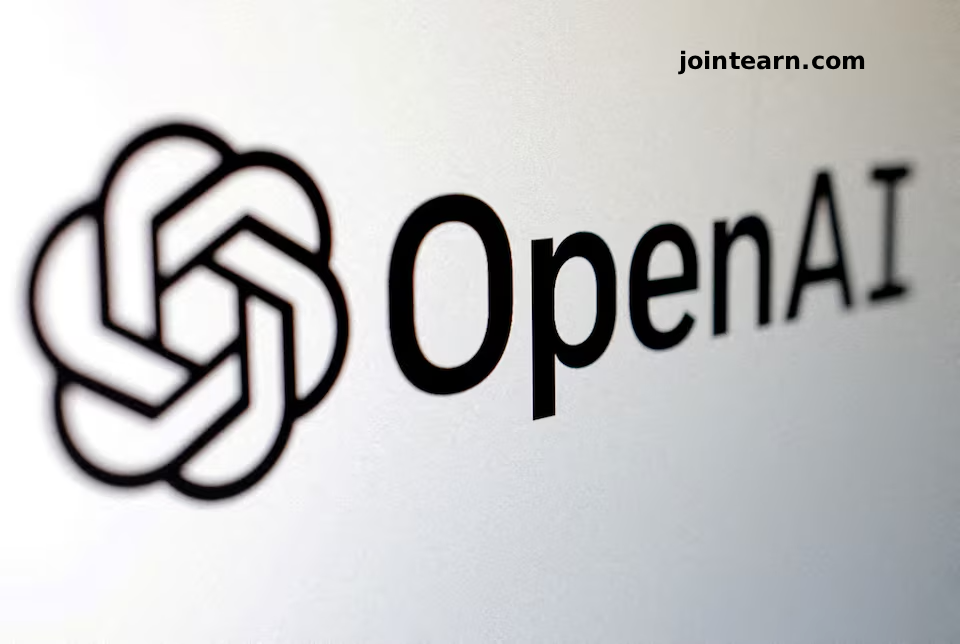
OpenAI’s Strategic Rebirth: How a $500 Billion Vision Transformed the AI Leader
In one of the most monumental shifts in tech history, OpenAI has undergone a year-long restructuring process, unlocking a $500 billion valuation and giving the company unprecedented freedom to expand. The transformation, orchestrated through months of complex negotiations involving Microsoft, regulators, and major financial institutions, represents a pivotal moment for the artificial intelligence industry.
The deal is not just about massive capital—it’s a reshaping of how AI companies balance innovation, ethics, and scale. As generative AI enters a new phase of corporate adoption, this restructuring positions OpenAI to chase its most ambitious goals yet, including artificial general intelligence (AGI) and a potential public listing.
Amazon’s Layoffs Highlight the AI Era’s Growing Pains
Earlier this week, reports surfaced about Amazon planning to lay off 30,000 corporate employees—one of the largest cuts since the rise of ChatGPT. While the move is framed as part of an efficiency drive, it reflects mounting pressures tech giants face in adapting to the AI revolution.
As Amazon CEO Andy Jassy warned months ago, the company was becoming “too bureaucratic” and needed to refocus before making massive AI investments. Behind these cuts lie challenges from weakened consumer spending, rising tariffs, and fears that Amazon Web Services (AWS) was losing ground in the increasingly competitive cloud-AI battleground.
The broader picture in Silicon Valley is clear: AI isn’t just transforming products—it’s reshaping organizational structures and redefining profitability metrics like revenue per employee.
Behind the Scenes: How OpenAI’s $500 Billion Deal Took Shape
It took 15 months, countless legal reviews, hundreds of stakeholders, and advisory teams from firms like Goldman Sachs and Morgan Stanley to complete OpenAI’s restructuring. Here’s how it happened:
– From Nonprofit Roots to Capital-Ready Titan
OpenAI’s original structure, built around a nonprofit governing a “capped-profit” arm, was designed to balance ethical AI development with commercial opportunities. But it couldn’t keep up with soaring demand, exploding operational costs, and the need for fast-moving strategic decisions.
As one insider put it:
“They were stuck asking Microsoft for permission for every raise, every partnership. That was unsustainable.”
OpenAI needed the freedom to:
- Raise massive capital
- Buy strategic companies
- Partner freely with infrastructure giants like Nvidia and AMD
– Microsoft’s Role Shifts
Previously entitled to 49% of OpenAI’s future profit share, Microsoft agreed to reduce its stake to about 27% equity and 20% of revenue. In return, it retains exclusive access to OpenAI’s API until 2032, even in the post-AGI era. The move has already multiplied Microsoft’s $13 billion investment nearly tenfold into a $135 billion stake.
But in exchange, Microsoft gives up veto power over OpenAI’s strategic decisions—a critical concession that enables OpenAI’s operational independence.
– Nonprofit Gains, Too
To appease regulators in California and Delaware, OpenAI’s nonprofit parent retains about a third of the equity, plus warrants tied to “extraordinary outcomes” like achieving AGI. This clever structuring ensures the nonprofit remains one of the best-funded in history—enabling it to shepherd OpenAI’s mission while stepping back from direct commercial control.
A $500B Platform for the AI Future: What OpenAI Can Do Now
With its governance untangled, OpenAI can now:
- Pursue a public listing
- Secure unlimited capital
- Acquire startups
- Expand infrastructure partnerships
- Scale up proprietary chips and supercomputing projects
It’s a strategic inflection point that potentially shapes the next decade of AI innovation—not just for OpenAI, but for the entire sector.
AI Spending Surge: A $76 Billion Market by 2029
According to Gartner, AI’s share of global corporate software spending is set to skyrocket. As spending heads toward $2 trillion by 2029, generative AI alone is expected to account for $76 billion. Companies are betting on AI to improve margins, automate tasks, and drive innovation.
Early movers like Microsoft, Google, OpenAI, and Nvidia stand to capture massive value—especially as businesses shift from AI pilot tests to multi-year deployments in areas like customer support automation, code completion, and cloud optimization.
Spotlight: DeepSeek’s AI Breakthrough in China
In China, AI developer DeepSeek has proposed a radical method to cut model costs by converting text to images before processing. Its new model, DeepSeek-OCR, can compress text into images while preserving 97% accuracy—dramatically reducing compute needs and memory constraints.
As OpenAI races forward with new capital and autonomy, international competitors like DeepSeek are targeting new fronts in the battle for efficiency and affordability.
The Road Ahead for OpenAI and Global AI Governance
In just 24 months, artificial intelligence has shifted from a promising technology to a global driver of corporate strategy, national policy, and social debate. OpenAI’s newly unlocked runway, valued at $500 billion, marks a turning point: the industry is no longer limited by constrained capital, investor caps, or nonprofit bylaws.
The question now is how fast OpenAI can scale—and whether it can do so without losing sight of the mission that made it leaders in the first place.
“This was the most complicated deal any of us have ever touched — the one that finally lets OpenAI act like a $500 billion company,” an insider shared.
The race to AGI has officially entered its most ambitious phase yet.


Leave a Reply